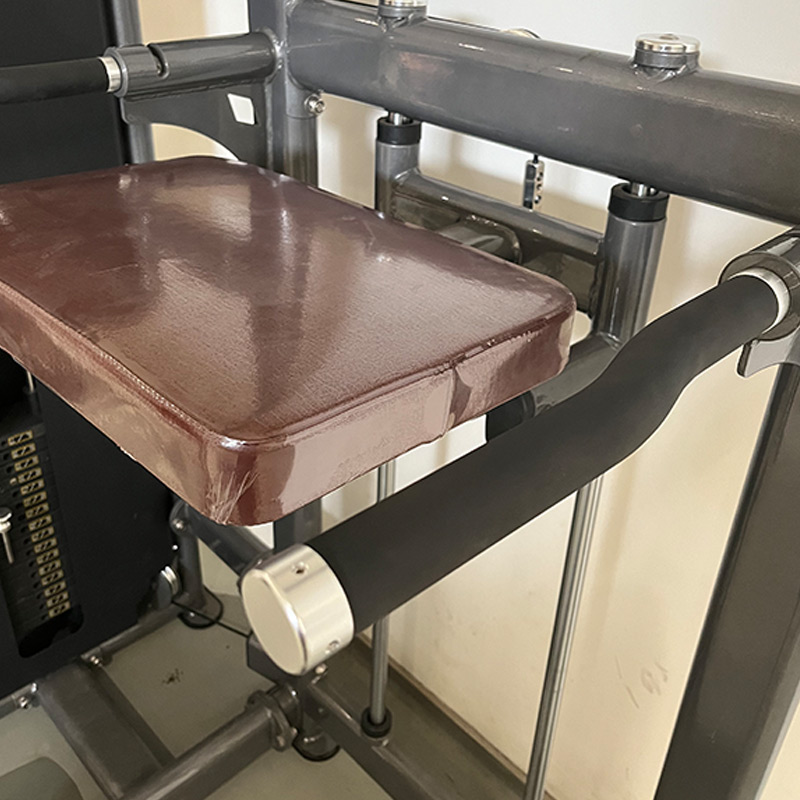A back extension, also known as a hyperextension, is an exercise designed to strengthen the muscles of the lower back, particularly the erector spinae. This exercise also engages the glutes, hamstrings, and to a lesser extent, the upper back muscles. It is commonly performed using a back extension machine or a Roman chair.
How to Perform a Back Extension
- Setup:
- Equipment: Use a back extension bench, Roman chair, or hyperextension machine.
- Position: Adjust the pad so that it sits comfortably on your upper thighs and the edge of the pad is just below your hip bones.
- Foot Position: Secure your feet under the foot pads and ensure they are firmly in place.
- Starting Position:
- Body Alignment: Align your body so that your hips are at the edge of the pad and your torso is in a straight line with your legs.
- Hand Placement: Cross your arms over your chest, place them behind your head, or hold a weight plate for added resistance.
- Extension Phase:
- Lower the Torso: Slowly lower your upper body towards the ground by bending at the hips. Keep your back straight and avoid rounding your spine.
- Controlled Movement: Continue lowering until you feel a stretch in your hamstrings and lower back, or until your upper body is approximately parallel to the floor.
- Return Phase:
- Raise the Torso: Engage your lower back muscles, glutes, and hamstrings to raise your upper body back to the starting position. Focus on lifting with your lower back rather than your arms or upper body.
- Maintain Alignment: Keep your back straight and avoid overextending your spine at the top of the movement.
- Repeat: Perform the desired number of repetitions.
Tips for a Safe and Effective Back Extension
- Controlled Movement: Perform the exercise in a slow and controlled manner to avoid injury and maximize muscle engagement.
- Proper Alignment: Ensure your hips are correctly positioned on the pad to prevent strain on your lower back.
- Breathing: Exhale as you raise your torso and inhale as you lower it.
- Avoid Overextension: Do not hyperextend your back at the top of the movement to prevent strain on your spine.
- Start with Bodyweight: If you are new to back extensions, start with bodyweight only before adding resistance.
Benefits of the Back Extension
- Lower Back Strength: Strengthens the lower back muscles, reducing the risk of back injuries and improving posture.
- Core Stability: Engages the core muscles, enhancing overall core stability and strength.
- Hamstring and Glute Engagement: Activates the hamstrings and glutes, contributing to lower body strength.
- Posture Improvement: Helps improve posture by strengthening the muscles that support the spine.
Back extensions are a valuable exercise for building a strong and resilient lower back, contributing to overall functional strength and stability.





















































Reviews
There are no reviews yet.